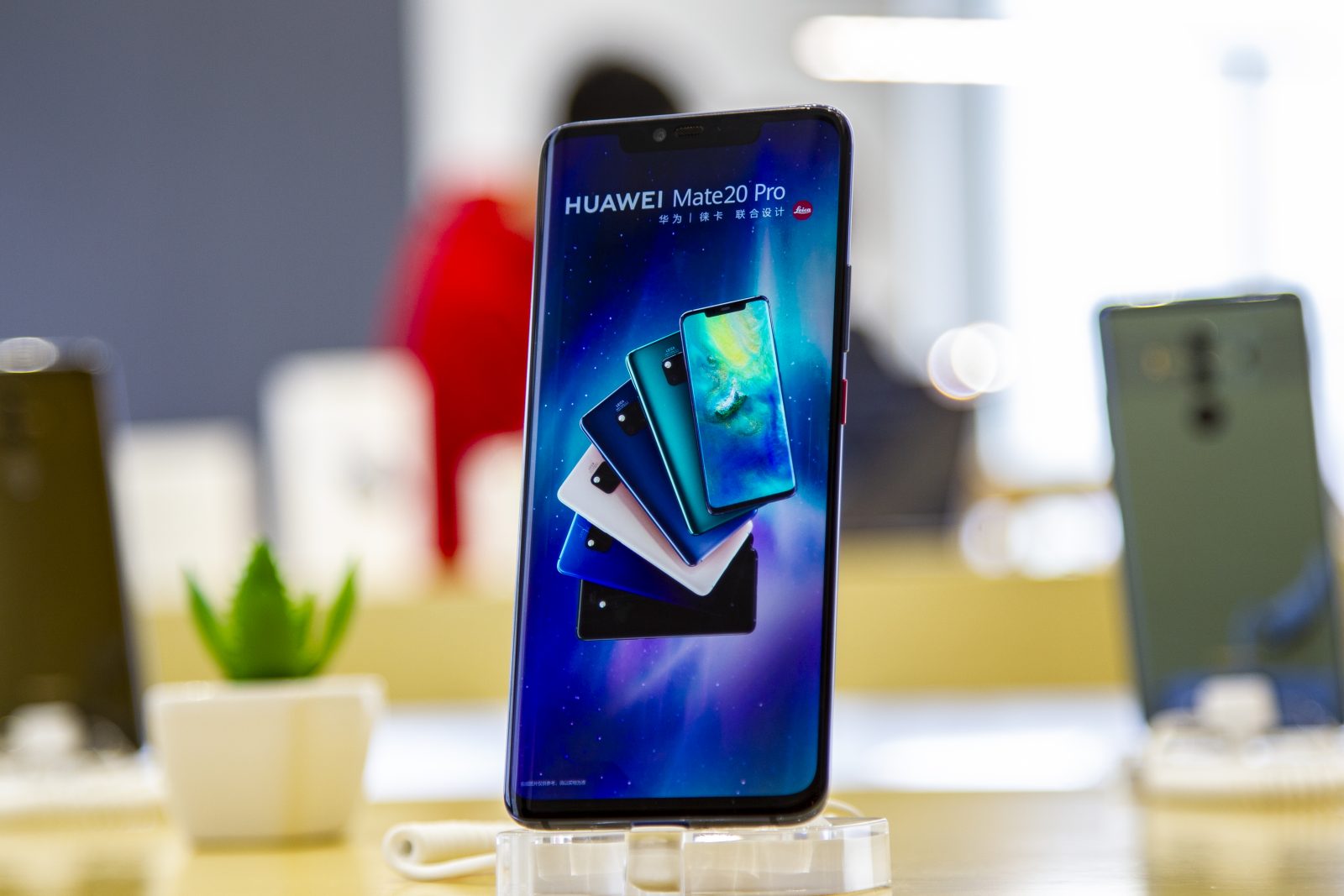Richard Yu, head of Huawei’s consumer business group, announced an upgrade of Harmony OS, known as the 2.0 version, in his keynote speech at the company’s annual developer conference on Thursday.
First unveiled in August last year, Harmony OS had been in development since 2012, and with Google cutting off Android and GMS (Google Mobile Service) support on Huawei phones, the Chinese tech giant has been forced to accelerate its launch.
Harmony OS is not a one-to-one match for Android. Rather it is a system designed as an “all-scenario experience operating system” that supports various devices such as ‘smart’ TVs, watches, laptops, head units and smartphones.
Yu said a beta version of the Harmony OS 2.0 for ‘smart’ TVs, watches, and head units is available to developers immediately, and that for smartphones it will be available in December.
Next year, all new Huawei smartphones will be running on Harmony OS.
Together with Harmony OS 2.0 launch, Yu also announced that Huawei will make Harmony OS open-source, giving developers access to the emulators, SDK packages and IDE tools.
The open source project, donated to China Open Atomic Open Source Foundation, will be launched in stages with a mobile Harmony OS beta release planned first for Chinese developers at the end of 2020.
“Starting on September 10, Harmony OS is open to 128KB-128MB IoT devices, such as smart TVs, wearables, cars and more. In April 2021, we will open it to 128MB-4GB devices and in October 2021, Harmony OS will be opened for devices above 4GB,” he said.
READ MORE: Huawei overtakes Samsung as top smartphone seller
Will Harmony OS be successful?
Currently, Google’s Android and Apple’s iOS dominate the mobile operating system market, with 72.3% and 25.8% market shares respectively in 2019, according to the statistics of StatCounter.
Symbian OS, once the most widely-used smartphone operating system in the world, was overtaken by Android and its development was discontinued in 2014.
Microsoft has failed to make Windows phones popular even though the Windows operating system for computers accounts for over 70% of the market.
So, everyone is wondering how much market share Huawei’s Harmony OS will be able to grab from Android and iOS.
Li Muhua, an analyst from Guotai Junan Securities, spoke highly of Huawei’s Harmony OS from a technical standpoint. The Harmony OS, based on a micro-kernel, can provide a smoother performance and more security compared with Android, he said. Li believed Huawei smartphones’ migration from Android to Harmony OS would be an easy shift.
However, other analysts believe Huawei has more challenges to deal with.
“For Harmony OS to succeed as a new operating system, it should first make sure to provide an ecosystem that is at least on par with Android and iOS – it should provide all the main apps with complete functionality and even better experience,” a columnist for DoNews under the pseudonym “Maomaobear” said in an article.
With the number of popular Android apps often in the hundreds in each country, ‘Maomaobear’ thought it would be a big challenge for Huawei to convince developers to create a Harmony OS version of their apps.
He suggested that Huawei start “growing” Harmony OS on smart TVs first. When 20 apps on a smart TV can meet most people’s needs, it would greatly reduce the number of developers Huawei needs to convince to provide apps for Harmony OS.
Once Harmony OS fosters a user base and ecosystem in the smart TV market, it could later expand to tablets and smartphones and grab market share by improving efficiency and reducing costs, Maomaobear said.
READ MORE: HSBC hammered over Huawei legal fight in Canada
Running out of chipsets
In August, the US expanded earlier restrictions aimed at preventing Huawei from obtaining semiconductors without a special license. Affected by several rounds of US sanctions, the world’s second-largest smartphone maker saw its sales fell to 105 million units in the first half of this year.
Despite the seemingly fascinating Harmony OS for smartphones, analysts have said that Huawei’s smartphone business would disappear entirely if it could not source chipsets.
Huawei has reportedly been stocking up on chipsets before the September 15 deadline stops chip manufacturers such as TSMC and MediaTek from shipping chipsets to it. It is expected that Huawei’s smartphones can still rely on its chipset inventory for 1 to 2 years.
SMIC, the biggest chipmaker in mainland China, was seen as a viable alternative when Huawei was locked out of TSMC. But SMIC’s 14nm processing technology is 4-5 years behind TSMC, and analysts said it would be a shame for Huawei’s high-end smartphones to run on such ‘backward’ technology.
Recently, a Reuters report revealed that the Trump administration is considering adding SMIC to a trade blacklist, preventing the Chinese firm from sourcing equipment from American suppliers and cutting Huawei off the chipset value chain.
Given the shortage on chipsets, Huawei may switch its focus to home electronics and IoT devices that rely less on American technologies, according to an electronics industry research group that CITIC Securities quoted in a research report. At the same time, Huawei was expected to play a lead role to drive China’s homegrown chipset manufacturing capability in partnership with other Chinese companies, it said.
A new strategic focus for Huawei may be “smart” car devices.
According to information on China’s business credit reporting platform Qianyancha, Huawei established a new subsidiary on September 8 to specialise in the manufacturing and sales of ‘smart’ car devices. The company has a registered capital of 250 million yuan ($36.6 million). A Huawei spokesperson has confirmed to ATF that the information is true.
























